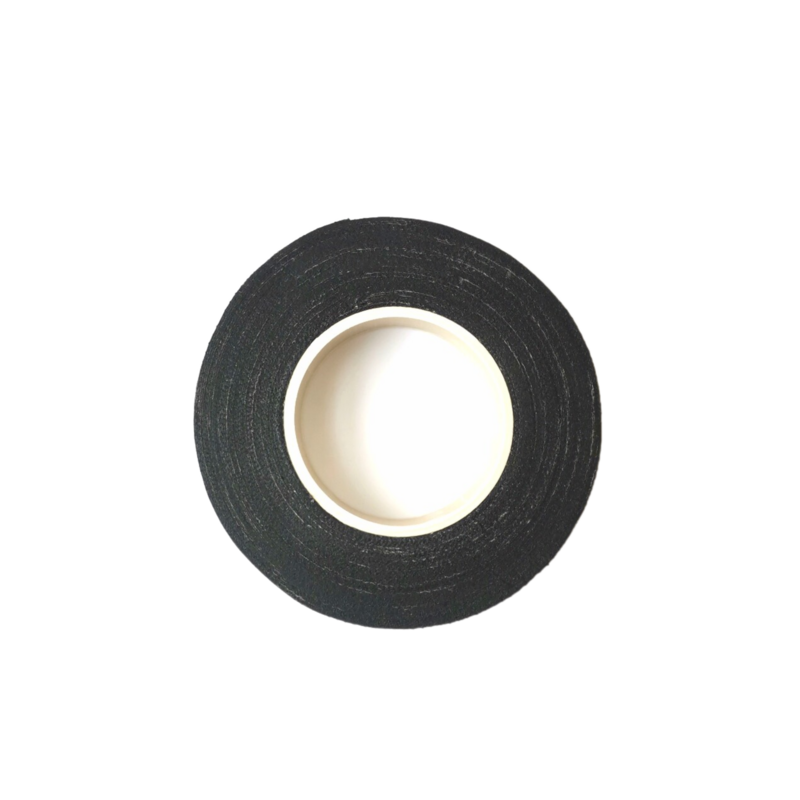The Versatility of Self-Amalgamating Tape An Essential Tool for All
In the world of DIY projects, repairs, and electrical work, self-amalgamating tape has emerged as an essential tool that many often overlook. This unique type of tape is not just your run-of-the-mill adhesive; instead, it bonds to itself, forming a solid, waterproof seal that is both durable and versatile. Understanding its properties and applications can help both professionals and hobbyists achieve superior results in their work.
Self-amalgamating tape is typically made from a rubber-based material, which allows it to stretch and conform to various shapes and sizes. The term self-amalgamating refers to its ability to fuse to itself without the need for any adhesive. When stretched and wrapped around an object, the tape forms a bond as the layers meld together, creating a seamless layer that protects against moisture and environmental damage. This feature makes it particularly popular in electrical applications, where insulation and moisture resistance are crucial.
The Versatility of Self-Amalgamating Tape An Essential Tool for All
Moreover, the tape is an excellent choice for plumbing applications. It can be used to wrap leaking pipes temporarily until a proper repair can be made, or to insulate fittings and joints. Its resilience also makes it ideal for use in harsh environments, such as outdoor installations or areas subject to extreme weather conditions. Unlike traditional tapes that may lose their adhesion over time, self-amalgamating tape retains its properties and continues to provide protection and reliability.
self amalgamating tape

Another notable application of self-amalgamating tape is in the field of sports and outdoor activities. It can be used to wrap equipment, such as poles, fishing rods, or camping gear, providing extra grip and protection against the elements. Many athletes also use it to wrap over grips on tools or sports equipment for enhanced performance and comfort, showing how adaptable this product truly is.
Installation of self-amalgamating tape is straightforward. Begin by ensuring the surface is clean and dry; this is essential for achieving the best bond. When applying the tape, it’s important to stretch it as you wrap it around the item to ensure a tight fit and to promote self-fusion. Overlapping layers help create a thicker layer for enhanced protection. Once the application is complete, the tape needs a short time to cure and fuse completely, resulting in a solid, cohesive layer that is both waterproof and insulating.
Despite its many benefits, users should be aware of a few limitations. While self-amalgamating tape offers a robust seal, it may not be suitable for all situations, especially where high tensile strength is required. Additionally, it is typically intended for temporary applications rather than permanent fixes, and can degrade when exposed to UV light for prolonged periods.
In conclusion, self-amalgamating tape is a highly versatile and effective tool that deserves a place in every toolbox. Its ability to create a strong, waterproof seal without the need for adhesives makes it ideal for a myriad of applications, from electrical insulation to outdoor gear wrapping. Whether you are a professional tradesperson or an enthusiastic DIYer, incorporating self-amalgamating tape into your projects can lead to safer, more durable outcomes. Its ease of use, adaptability, and reliability make it an indispensable resource in both everyday repairs and specialized tasks.
-
XIANGFAN Rubber Tape-Ultimate Solutions for All Your Insulation NeedsNewsJun.24,2025
-
XIANGFAN Rubber Tape-Protection for Industrial and Residential ApplicationsNewsJun.24,2025
-
XIANGFAN Rubber Tape: Superior Safety and Sealing for Demanding EnvironmentsNewsJun.24,2025
-
XIANGFAN Rubber Tape: Reliable Solutions for Every Electrical ChallengeNewsJun.24,2025
-
XIANGFAN Electrical & Industrial Tape: Powering Reliability Across IndustriesNewsJun.24,2025
-
XIANGFAN Electrical & Industrial Tape: Excellence in Every ApplicationNewsJun.24,2025
